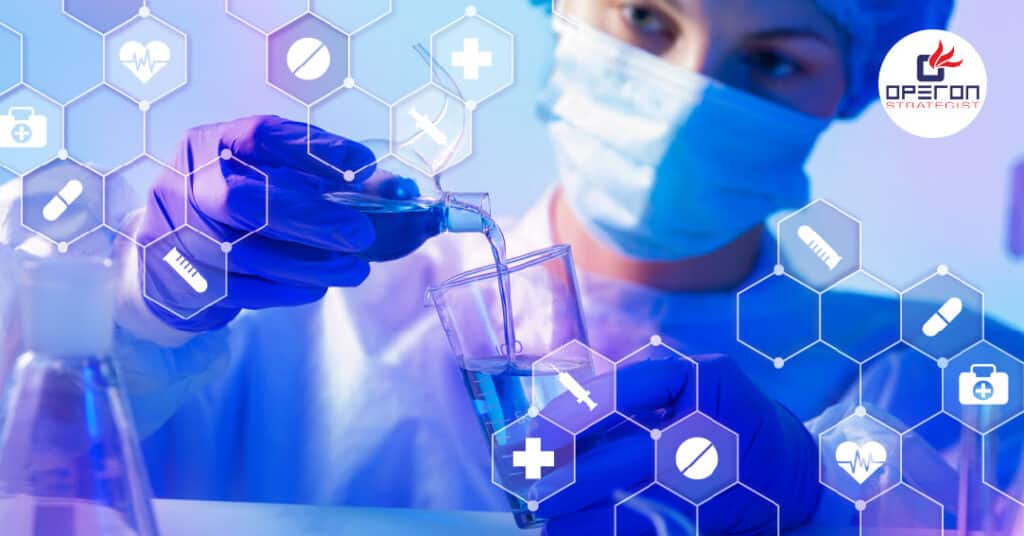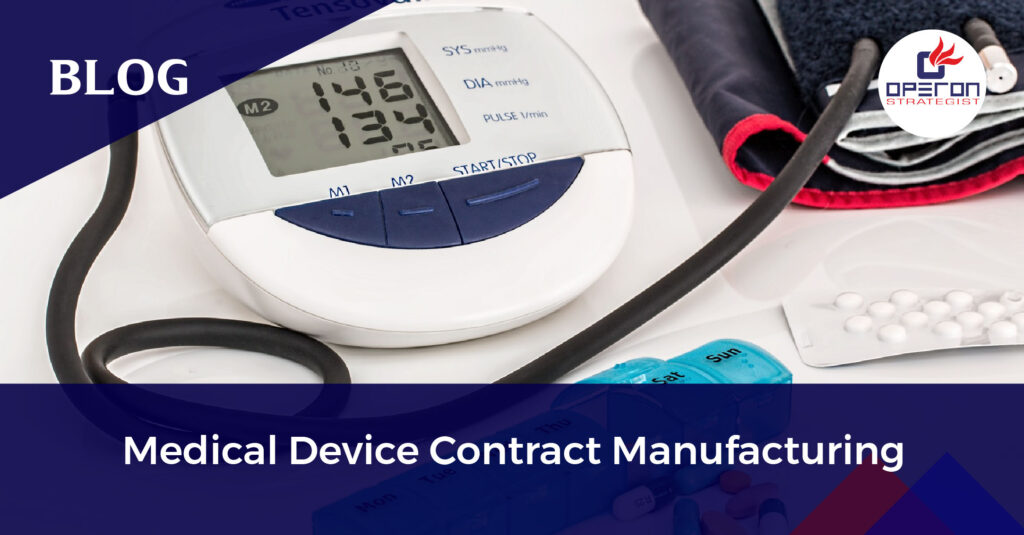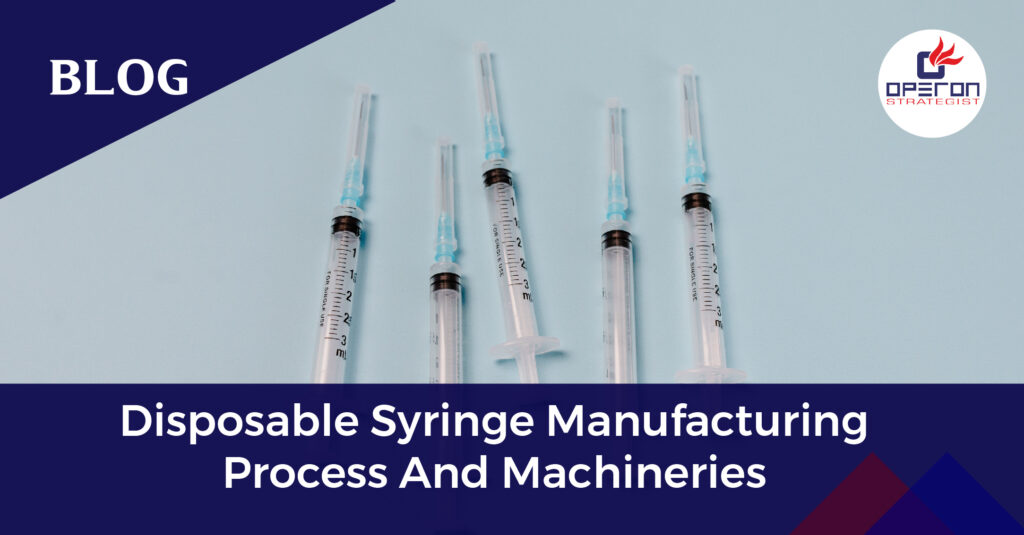Introduction
Nanotechnology has revolutionized the healthcare industry, offering breakthrough solutions in diagnostics, drug delivery, and implantable devices. At the heart of these innovations are nanomaterials in medical devices, enabling enhanced functionality, precision, and performance. However, as these materials integrate deeper into medical device design and manufacturing, one crucial factor demands attention — biocompatibility.
Whether you are a medical device manufacturer in India or part of a global R&D team, understanding the biocompatibility considerations of nanomaterials is essential for regulatory compliance and patient safety. This blog explores the key aspects you must consider when incorporating nanomaterials into medical devices and how strategic medical device regulatory consulting can simplify the pathway to market approval.
Looking For a Medical Device Regulatory Consultant?
Let’s have a word about your next project
What are Nanomaterials in Medical Devices?
Nanomaterials refer to materials with at least one dimension sized between 1 to 100 nanometers. Due to their nanoscale structure, these materials often exhibit unique mechanical, chemical, and biological properties not observed in their bulk counterparts. Commonly used nanomaterials in medical devices include:
- Silver nanoparticles (antimicrobial coatings)
- Carbon nanotubes (sensor development)
- Gold nanoparticles (targeted drug delivery)
- Titanium dioxide (implant surface modifications)
- Quantum dots (bioimaging)
These materials are increasingly adopted in medical device manufacturing for implants, biosensors, catheters, wound dressings, and more. However, their novel properties also raise new concerns for biocompatibility and long-term safety.
Why Biocompatibility Matters for Nanomaterials
Biocompatibility refers to the ability of a material to perform with an appropriate host response in a specific application. In the context of nanomaterials in medical devices, this involves assessing how the body interacts with the nanoscale structure, surface charge, and chemical composition.
Poor biocompatibility can result in:
- Inflammation or immune responses
- Cytotoxicity (cell damage)
- Organ accumulation and long-term toxicity
- Device failure or malfunction
Because nanomaterials can interact with biological systems at the cellular or molecular level, even small variations in formulation can significantly impact their biocompatibility profile.
Key Biocompatibility Considerations for Nanomaterials
1. Material Characterization
Before evaluating biocompatibility, comprehensive characterization of the nanomaterial is critical. This includes:
- Particle size and distribution
- Surface area and morphology
- Aggregation or agglomeration behavior
- Surface chemistry and charge
- Solubility and degradation behavior
These factors directly influence the biological response and are essential for proper risk assessment.
- Toxicological Assessment
Standard toxicity tests may not adequately capture the risks associated with nanomaterials. Specific tests like:
- In vitro cytotoxicity
- Genotoxicity
- Hemocompatibility
- Immunotoxicity
- In vivo biodistribution studies: help determine how nanoparticles behave in the body.
- Surface Reactivity
Nanoparticles often exhibit high surface reactivity, which can lead to unintended interactions such as protein adsorption or oxidative stress. These responses can be mitigated through surface modifications to enhance compatibility.
- Degradation and Metabolism
It’s essential to evaluate how nanomaterials degrade in physiological environments and whether the by-products are safe or pose long-term health risks.
- End-Use Application
The type of medical device matters:
- Implantables require long-term biocompatibility testing.
- Wearables may be evaluated for irritation and sensitization.
- Drug-device combinations must address both pharmaceutical and device regulations.
Global and Indian Regulatory Perspectives
Regulatory authorities globally, including US FDA, EU MDR, and CDSCO (India), are paying close attention to the use of nanomaterials in medical devices. All require detailed safety and performance data. India is aligning with international standards such as ISO 10993 and expects rigorous biocompatibility testing during the product registration process.
Get in touch with our consultants today
Role of Operon Strategist in Supporting Nanomaterials in Medical Devices
At Operon Strategist, we specialize in supporting startups, manufacturers, and importers of medical devices that incorporate cutting-edge technologies like nanomaterials. Our expertise spans the full lifecycle of medical device development — from concept to compliance.
Here’s how we help:
Regulatory Road mapping: We help identify the correct regulatory classification and develop a tailored strategy for integrating nanomaterials into your medical device — aligned with CDSCO, US FDA, and EU MDR requirements.
Biocompatibility Planning & Testing: Our team helps design and coordinate biocompatibility testing protocols in compliance with ISO 10993 and nanomaterial-specific standards. We work closely with accredited labs to ensure precise and reliable results.
Technical Documentation & Risk Management:
We assist in preparing robust documentation including:
- Risk assessments for nanomaterial safety
- Material characterization reports
- Clinical evaluation plans
- Dossiers and design files for regulatory submission
Global Market Access
Whether you’re targeting India or international markets, we provide full regulatory support to help your device achieve market entry faster.
Support for Medical Device Manufacturing
We guide your team on material selection, design controls, cleanroom classification, and QMS implementation — helping you stay compliant with ISO 13485 and 21 CFR Part 820.
With our consulting, you can innovate confidently while reducing delays, rejections, and compliance risks.
Partner with Operon Strategist
Looking to bring a nanotechnology-based medical device to market?
At Operon Strategist, we support you with end-to-end regulatory consulting, biocompatibility strategies, and medical device manufacturing guidance — in India and worldwide.
Contact us today for a free consultation and take the next step toward compliant, successful product development.
- adminhttps://operonstrategist.com/author/admin-2/
- adminhttps://operonstrategist.com/author/admin-2/
- adminhttps://operonstrategist.com/author/admin-2/
- adminhttps://operonstrategist.com/author/admin-2/




